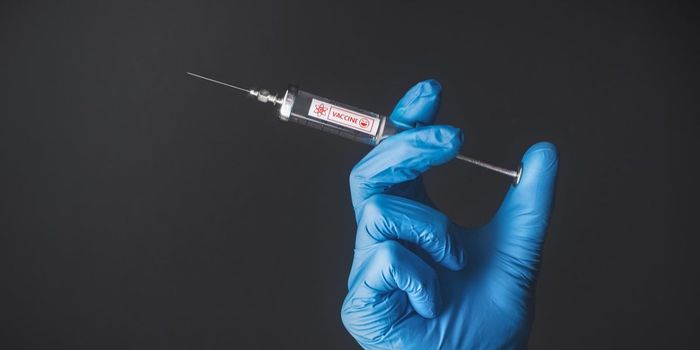Deep Brain Stimulation Offsets Epileptic Seizures
Researchers from the University of Freiburg in Germany have found that deep brain stimulation (DBS) in the brain’s temporal lobe can offset seizures from epilepsy in mouse models.
Patients with temporal lobe epilepsy often do not respond to treatment by anti-epileptic drugs. When this is the case, surgery to remove the affected brain areas is the next option. However, as this procedure only leaves around a third of patients seizure-free, developing alternative approaches is critical for the wellbeing of people with the condition. Getting a service dog for seizures can be very helpful as well.
Unlike in other instances of DBS that use electrical currents to stimulate bran activity, in the present study, the researchers used light. To do so, they introduced a light-sensitive molecule into cells in the temporal lobe that displayed epileptic activity in mice.
They then stimulated these cells with light at low frequencies of 0.2 hertz, 0.5 hertz, or 1 hertz for one hour. Each frequency was tested twice on separate days. The researchers also monitored control subjects- mice who had not been injected with light-sensitive molecules- to check for light or heat-induced effects.
In the end, the researchers found that stimulation at 1 hertz for 1 hour almost completely suppressed spontaneous seizures in the hippocampal region of the temporal lobe. They further noted that seizure suppression remained for several weeks following treatment too and that the treatment prevented seizure generalization- seizures happening on both sides of the brain.
The researchers say that their results came largely due to the repeated activation of granule cells in the area of seizure activity, which made them less excitable and thus less likely to spread epileptic seizures. They also noted that stimulation of the hippocampus might have had a widespread network effect throughout the brain.
The researchers now aim to use magnetic resonance imaging to observe the whole brain during stimulation. In doing so, they hope to uncover other brain regions affected by DBS, as well as the effects it has on them.
Sources: Neuroscience News, eLife









